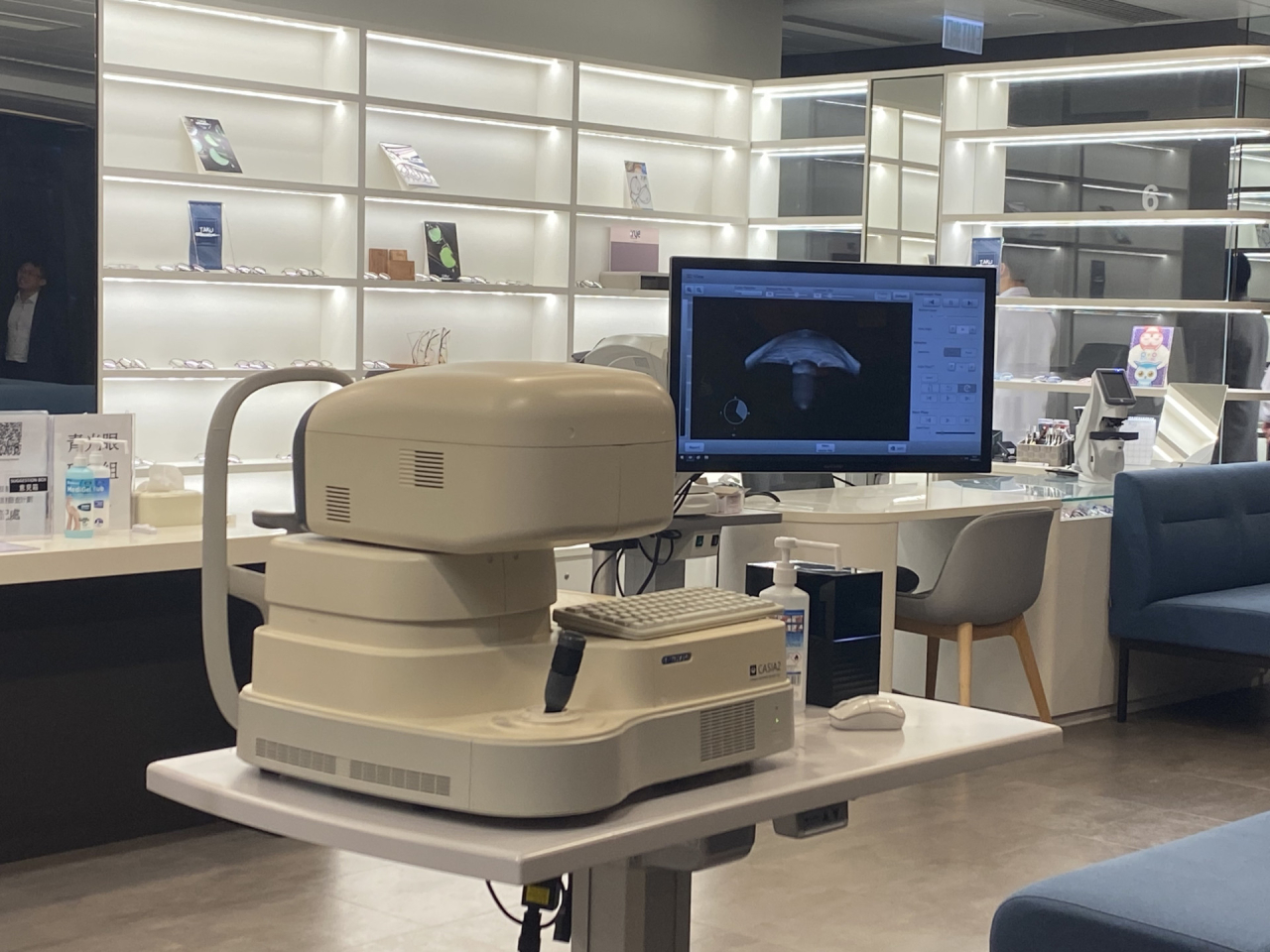Eye patients who are covered under two hospital clusters may be able to receive treatment within eight weeks instead of putting up with the current wait of up to 117 weeks, a University of Hong Kong ophthalmologist said on Thursday.
That will happen as part of the upcoming phase of a community eye-screening project conducted by the university and the eye-care NGO Orbis, which have provided eye checkups for more than 5,800 public housing estate residents aged 50 or above, over a span of two years.
Around 12 percent of Hong Kong residents suffer from optic nerve degeneration, project researchers found, while almost seven percent are susceptible to glaucoma, an irreversible eye disease that can lead to blindness.
Researchers also revealed that among those with glaucoma, more than 70 percent of people did not know they had the disease and often only sought medical consultations when their conditions worsened.
Dr Christopher Leung, from the university’s department of ophthalmology, said a more comprehensive detection system for eye diseases is needed to prevent avoidable vision loss among Hong Kong residents.
He said the next step is to develop a community-based primary eye-care model, which will be supported by an AI-powered optical coherence tomography diagnostic system – a non-invasive and non-contact imaging test that uses machines.
“The design of the project is based in the community. We have these [machines] set up in the general outpatient clinics and district health centres. These clinics typically have no eye doctors and eye specialists,” Leung said.
“The fact that we are now able to train AI to read out investigation reports at the same level as an eye specialist, and the ophthalmic nurses and optometrists can make use of the information provided by the AI to inform our patients whether they need a referral, whether they need to see an eye doctor.”
The project will be first implemented in 2026 for a year in the Kowloon East and Hong Kong West clusters of the Hospital Authority.
It will see patients either being referred to general outpatient clinics and district health centres to receive care from optometrists and ophthalmic nurses or following current treatment procedures that puts them in the queue.
Leung said his team will then compile and analyse the data gathered and provide suggestions to the government to refine ophthalmology services in the city.





